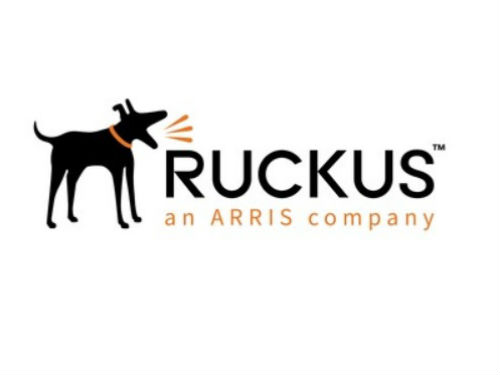Ruckus Gears Up for CBRS Band

Ruckus Networks, the wireless-focused tech company acquired late last year by Arris, has introduced a new lineup of LTE-based products, including access points and a spectrum allocation server, aimed at the emerging market for the 3.5 GHz Citizens Band Radio Service (CBRS) band.
That portfolio, introduced ahead of the Mobile World Congress show in Barcelona, is entering the fray as the shared-use CBRS band – a 150 MHz chunk of spectrum in the 3.55 Gigahertz to 3.7 GHz range -- becomes a focal point for traditional mobile carriers, cable operators and neutral-host service providers.
RELATED: CBRS Spectrum to Open Windows of Opportunity for Cable Ops
Ruckus’s CBRS band LTE portfolio includes the Ruckus Q710, a 3.5 GHz indoor access point/small cell with 10,000 square feet of coverage, the Q910, a 3.5 GHz outdoor AP/small cell that can cover a 660-foot city block, and a cloud-based element management system. ts CBRS product suite also includes pro services from Arris (for network planning and deployment, the cEPC (a cloud-based evolved packet core), and the cSAS, a cloud-based spectrum allocation server that is being marketed as an optional subscription service.
The spectrum allocation server is a key product component for the CBRS band's shared spectrum environment, as it ensures that new use cases for licensed and unlicensed capacity in that band do not interfere with incumbent users such as the U.S. Navy. Notably, Arris and one of its top customers, Charter Communications, are investors in Federated Wireless, a startup that specializes in spectrum allocation servers and systems and recently introduced a product interoperability program.
Ruckus said the new CBRS-focused portfolio is in trials today, with availability to come following anticipated FCC certification in the shared-use band.
RELATED: Comcast Wants to Test CBRS in Philly
Multichannel Newsletter
The smarter way to stay on top of the multichannel video marketplace. Sign up below.
Ruckus didn’t identify trial partners. In the cable world, Comcast and Charter have either started CBRS trials or have plans underway to test small cells that, for example, might be used to offset some of the network costs for mobile services that lean on MVNO agreements.
RELATED: Small Cells to Play Big Role in Charter’s Mobile Future
The CBRS/LTE access points being announced today are the first two of a larger, more comprehensive product line, as some will be capable of snapping onto existing Ruckus-made access points, according to Mark Davis, Ruckus’s senior director of product marketing.
When combined with the subscription services and other elements, the product suite is shaping up as a “CBRS in a box” solution, he said, estimating that Ruckus has more than 20 trials underway with operators of various shapes and sizes.
Ruckus also introduced a suite of Internet of Things products focused on enterprises and to address the complexities that some IoT solution vendors have created using vertically-integrated systems.
“IoT is an extraordinarily complex beast” as many of today's IoT solutions don’t talk to each other, Davis said.
The idea behind Ruckus’s approach is to consolidate the physical layer access networks into a unified IoT network. Those components include IoT-ready access points, IoT modules (based on standards such as Bluetooth Low Energy, Zigbee and LoRA, and IoT controller that works with the company’s existing SmartZone wireless LAN controller.
The result aims to create a common infrastructure between the wireless local area network and the IoT access network.
Ruckus also announced ecosystem partnerships with several IoT companies, including Assa Abloy Hospitality (smart security), LoRaWAN network specialist Actility, IBM (for its Watson IoT platform), Kontakt.io, TrackR, and Tile, a company that has developed an electronic beacon system that tracks a person’s belongings.
